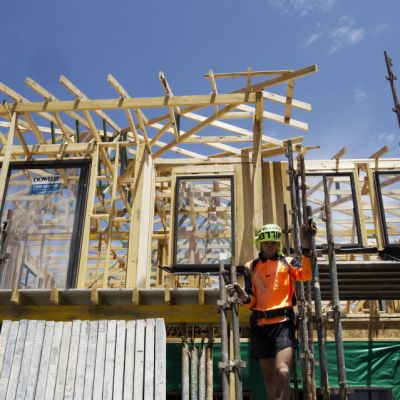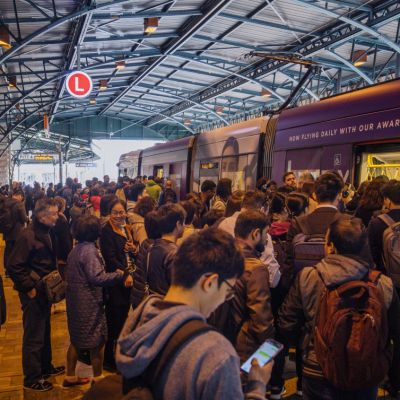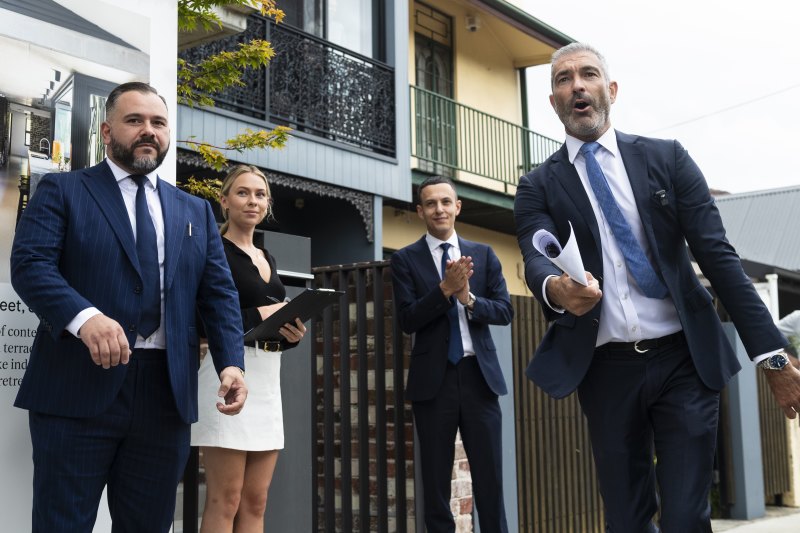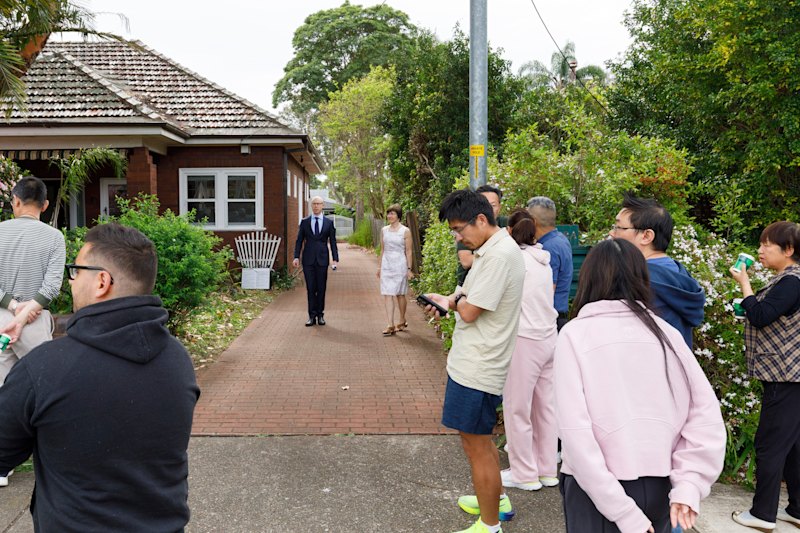Clearing land for housing negates benefits of tree-planting push, experts warn
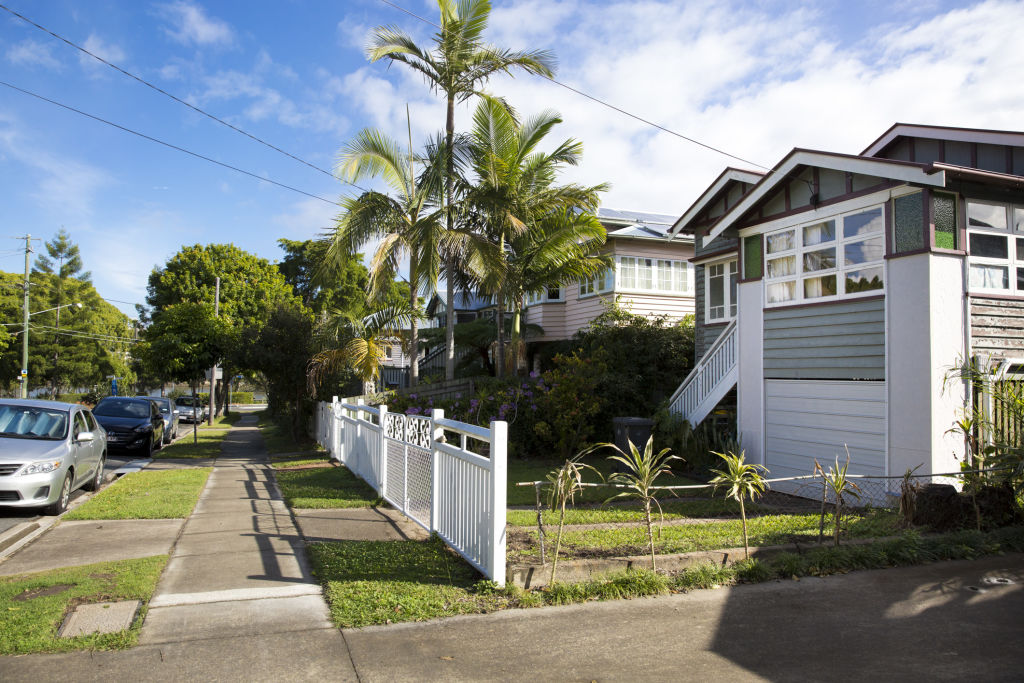
The breakneck pace of new housing development is stymieing a push to plant more trees to counteract the urban heat-island effect, experts warn.
Governments have been pushing tree-planting as a solution to high temperatures in neighbourhoods where there is a lot of new building.
But more homes are being built than the number of trees planted in major cities, undoing the new trees’ benefits, according to Dr Tony Matthews, an urban and environmental planner and senior lecturer at Griffith University’s school of engineering and built environment.
“We are clearing land to provide housing a lot faster than we are planning or retrofitting for trees,” Dr Matthews said. “In most of the houses we’re building now, we’re employing a design style that does not facilitate much tree planting, if any, on public and private property.”
As developers have reduced land size to increase profit, new homes are increasingly now built gutter-to-gutter with nature and median strips almost entirely erased, leaving little room to add trees in the future, Dr Matthews said.
“For a lot of the housing developments we’re doing, the initial plans do not involve the provision of trees – it’s an afterthought, but in many cases, it can’t actually be added.
“This particular issue can be seen around most of the capital cities, if not all of them.”
Between 2008 and 2017, Australia’s major metropolitan regions lost 2.6 per cent of the vegetation in the urban environment, according to Planet Ark’s The Tree Report from 2019, an area larger than the City of Brisbane.
Australia’s two biggest and most populous cities had the smallest tree canopies: Melbourne had only 13 per cent covered by tree canopy, and Sydney had 15 per cent, the report said.
Hobart in Tasmania was the most tree-filled capital city in the country at 59 per cent coverage, followed by Brisbane in Queensland with 49 per cent.
In 2018, the NSW government launched a grant to plant five million trees over more than a decade, but these programs do not ensure all five million trees mature into shade trees and increase tree canopy, according to Dr Abby Mellick Lopes, an associate professor at the UTS school of design.
“There tends to be much more focus on planting seeds for trees without ensuring that there will be care for that tree as it grows … because we are not going to get the canopy and shades until – sometimes – decades later,” Dr Mellick Lopes said.
Planting trees was a low-risk solution that forms just one piece of the puzzle, she said. Instead, governments and communities needed to think of trees as valuable as other forms of essential infrastructure.
“If we consider trees as an asset class on equal standing to other forms of essential infrastructure such as roads and buildings, you are going to get a very different city,” Dr Mellick Lopes said.
There was a blind spot in the current pattern of urban development that excluded trees, she said.
“The bottom line is we need more trees, and it is no small challenge to reintroduce them into cities where they have been erased,” she said.
“We’re designing environments that actually cause harm to people. That will be a legal issue in the future.”
Another problem was developers, councils and even residents, to a certain extent, found trees burdensome due to a lifetime of maintenance and care, rather than beneficial for cooling down temperatures and cleaning the air, experts said.
There is overwhelming evidence that tree cover and green space improves the health of neighbourhoods and their residents, according to University of Queensland researcher Lyndal Plant.
“While urban foresters, like myself, would agree that tree planting is not a ‘silver bullet’ for sustainable development, nor a Band-Aid for bad planning, state government support for urban greening is well overdue across Australia,” Ms Plant said.
“We also know that increasing tree cover, in combination with water, helps cool the high growth areas of Western Sydney being targeted for new housing.”
We recommend
States
Capital Cities
Capital Cities - Rentals
Popular Areas
Allhomes
More
- © 2025, CoStar Group Inc.
